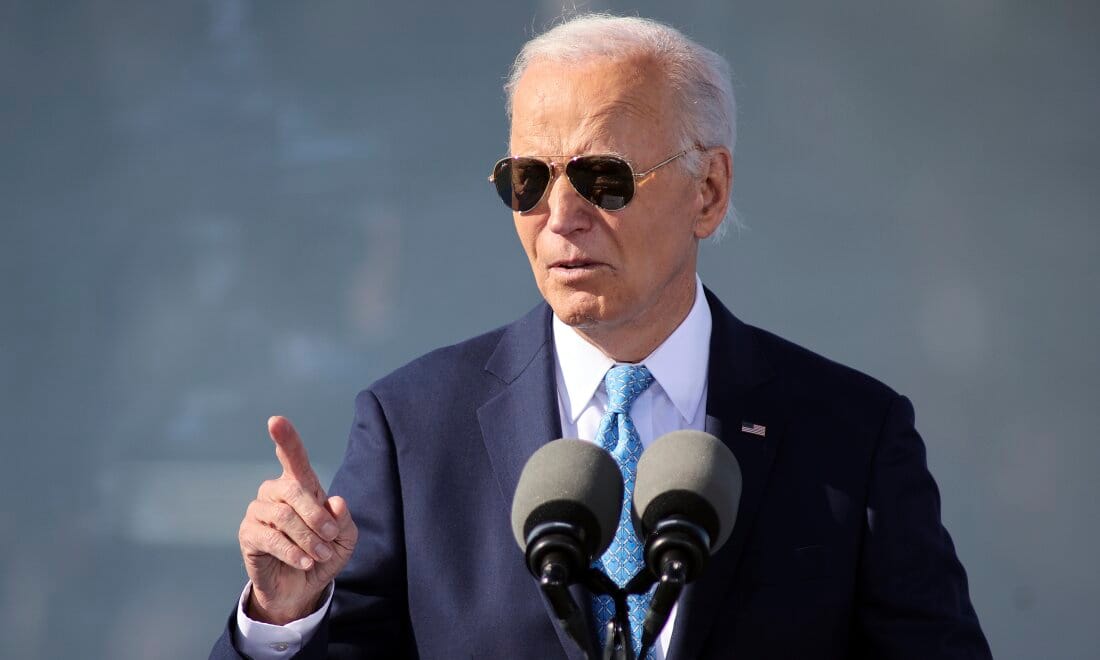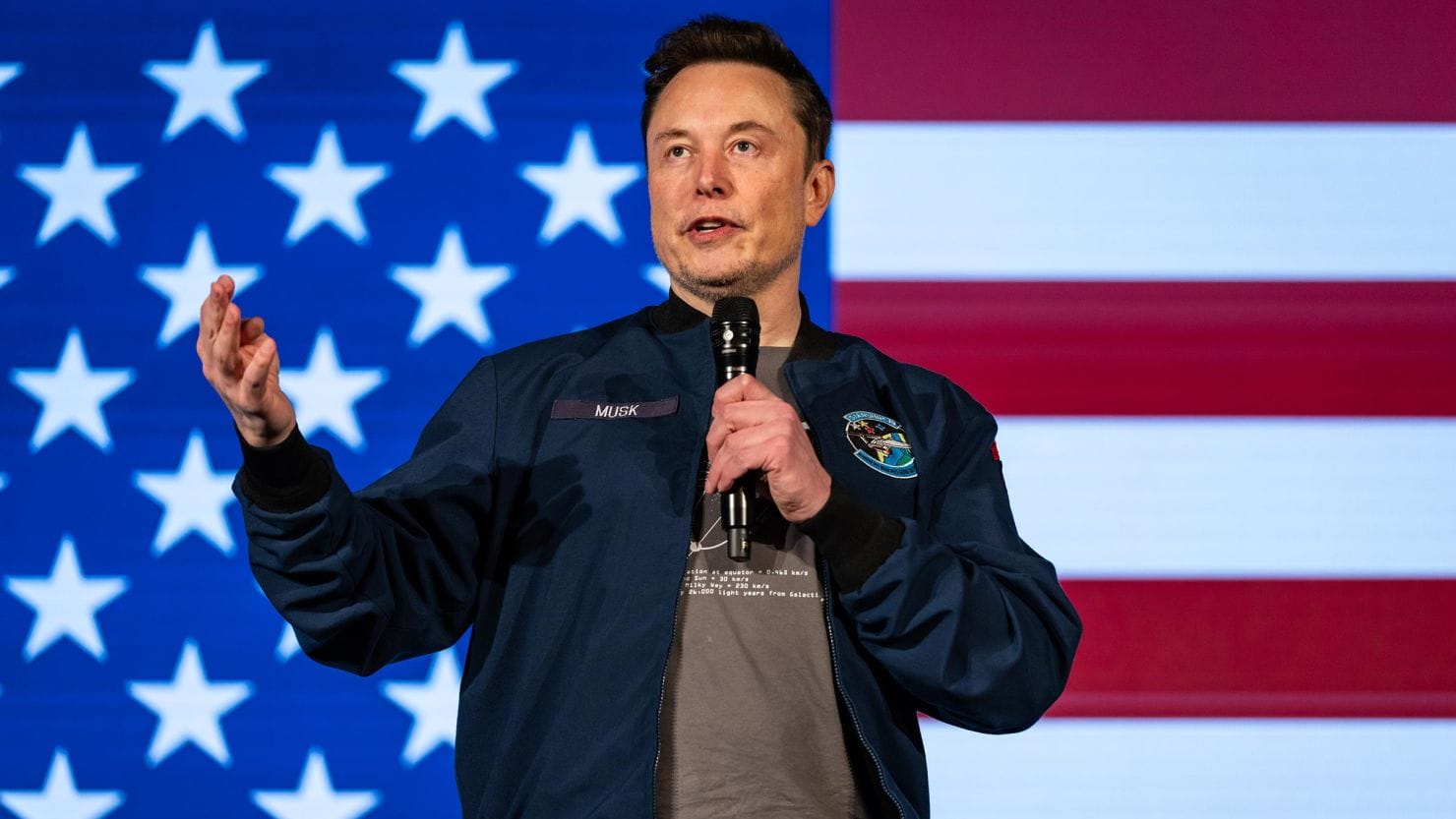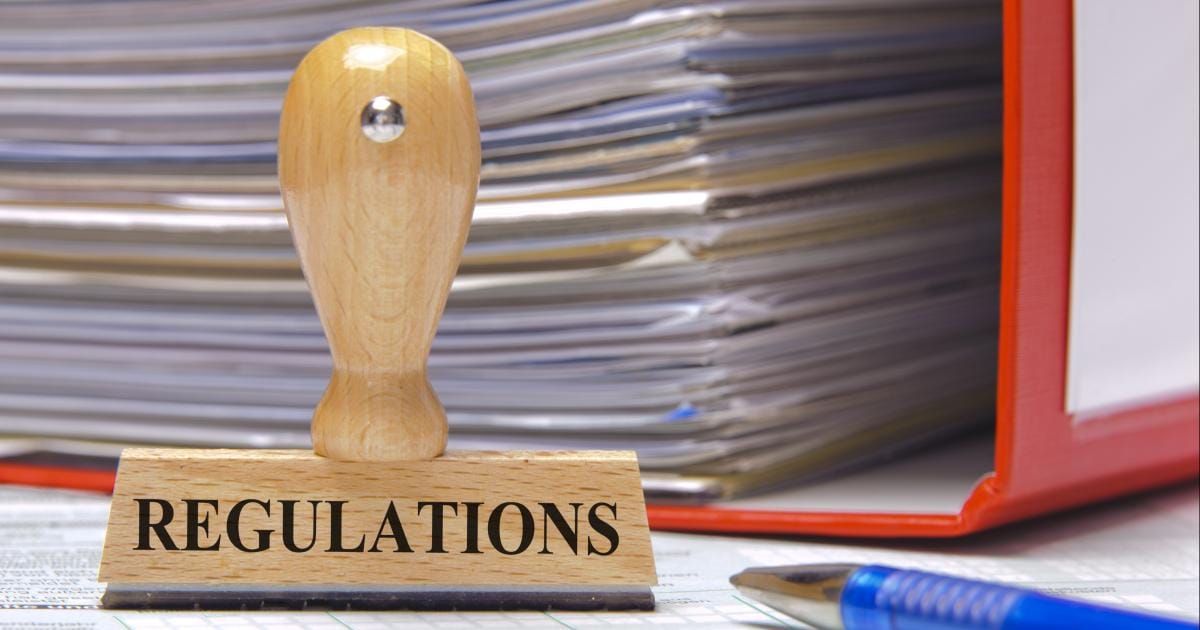Donald Trump has won the 2024 US presidential election. As he prepares to take office, many people are wondering what this means for the future of artificial intelligence (AI) in America. During his campaign, Trump promised to make big changes to the way the government deals with AI.
He wants to remove many of the rules and restrictions put in place by the previous administration. This could have a huge impact on how AI is developed and used in the United States. Some experts believe that Trump's plans will help AI companies grow and innovate faster.
Others worry that removing too many rules could lead to problems down the road. Let’s take a closer look at what Trump's presidency could mean for the future of AI and explore the potential risks and benefits of his approach.
Dismantling Biden's AI Executive Order

The landscape of artificial intelligence regulation is set for a significant transformation under Trump's presidency. The former president has announced plans to repeal Biden's 2023 AI executive order, marking a dramatic shift in how AI development and deployment will be governed in the United States.
Trump's administration views the current AI regulations as restrictive to innovation and has labeled them as "Radical Leftwing ideas." The primary focus of the new administration will be on promoting AI development with minimal regulatory oversight, emphasizing a free-market approach to technological advancement.
Key changes under the new administration include:
Removal of voluntary security guidelines that were established for AI developers
Elimination of algorithmic bias testing requirements
Reduced oversight on AI model evaluation before release
Streamlined approval processes for new AI technologies
The new direction emphasizes "AI development rooted in free speech" principles, suggesting a more hands-off approach to regulation. This shift could lead to faster AI development cycles and reduced compliance requirements for tech companies. However, some experts express concern about the potential implications of reduced oversight on AI safety and ethical considerations.
The administration's approach aligns with broader tech industry voices who have advocated for fewer restrictions on AI development. Under this new framework, companies will have greater flexibility in developing and deploying AI solutions, though questions remain about maintaining security and privacy standards in a less regulated environment.
Key Players Shaping Trump's AI Policy

The transformation of AI policy under Trump's administration will be significantly influenced by key tech industry figures, with Elon Musk emerging as a central player in shaping the future of artificial intelligence development and regulation.
Musk's appointment to lead the reorganization of government operations positions him as a powerful force in AI policy decisions. This role grants him substantial influence over how artificial intelligence will be integrated into various government sectors.
The appointment has already shown a positive market impact, with Tesla's stock seeing a notable increase following the announcement.
Notable policy directions under key advisors include:
Streamlined government processes through AI integration
Enhanced support for private-sector AI development
Focus on American AI competitiveness
Promotion of open-source AI solutions
Vice President JD Vance brings valuable Silicon Valley experience to the administration's AI strategy. His background in the tech industry provides practical insights into the challenges and opportunities in the artificial intelligence sector. Vance's stance emphasizes reducing regulatory barriers for smaller AI companies, promoting a more competitive market environment.
The collaboration between Musk and Vance suggests a unified approach toward:
Reducing regulatory oversight on AI development
Supporting emerging AI companies
Promoting open-source AI technologies
Challenging perceived biases in current AI systems
This leadership structure indicates a clear shift toward market-driven artificial intelligence development. With Musk's xAI potentially gaining increased prominence and Vance's support for open-source technologies, the administration's approach aims to reshape how AI innovation occurs in the United States.
Regulatory Changes and Industry Impact

The artificial intelligence industry is poised for significant changes as Trump's administration implements a new regulatory framework. The most notable shift comes from the reduced Federal Trade Commission (FTC) oversight of major AI companies, marking a substantial change in how the government monitors and regulates AI development.
The administration's approach to antitrust investigations in the AI sector clearly departs from previous policies. This change particularly affects major players in artificial intelligence development, including:
Microsoft's AI partnerships and acquisitions
OpenAI's industry relationships
Nvidia's market position in AI hardware
Key regulatory changes include:
Streamlined merger approval processes
Reduced scrutiny of AI industry partnerships
Simplified compliance requirements
Less oversight on AI model deployment
The new regulatory environment could accelerate industry consolidation within the artificial intelligence sector. Larger companies will likely have more freedom to expand their AI operations through acquisitions and partnerships, potentially reshaping the competitive landscape of the industry.
These changes in oversight may lead to faster development cycles and increased innovation in artificial intelligence technology. However, the reduced regulatory framework also raises considerations about maintaining appropriate safety measures and bias controls in AI systems.
National Security and AI Competition

The Trump administration maintains artificial intelligence as a critical national security priority, emphasizing the importance of American leadership in global AI development. This approach focuses on maintaining technological superiority while managing international competition, particularly with China.
The strategy includes enhanced measures for:
Stricter controls on AI technology exports
Protection of critical AI infrastructure
Increased domestic AI manufacturing
Strengthened cybersecurity measures
Key infrastructure developments include:
Expanded energy capacity for AI operations
Modernized computing facilities
Enhanced data center capabilities
Improved power grid systems
The administration's approach to artificial intelligence competition with China involves a comprehensive strategy of resource allocation and protective measures. This includes significant investments in domestic AI capabilities while implementing stronger controls on technology transfer to maintain America's competitive edge.
Infrastructure development plays a crucial role in this strategy, with particular emphasis on:
Building new AI research facilities
Upgrading existing technology centres
Developing sustainable energy solutions
Expanding high-performance computing capabilities
The focus on energy capacity expansion represents a critical component of the artificial intelligence strategy. This includes streamlining permitting processes for new energy projects and allocating resources to support AI development infrastructure. The administration views reliable and abundant energy access as fundamental to maintaining leadership in AI technology.
Concerns and Potential Risks

The reduced oversight in artificial intelligence development raises significant considerations about safety, fairness, and societal impacts. Industry experts highlight several critical concerns as new AI policies take shape.
Key challenges in the artificial intelligence sector include:
Limited safety protocol monitoring
Reduced bias testing requirements
Minimal environmental impact oversight
Accelerated job automation risks
The environmental impact presents immediate concerns:
Increased energy consumption
Growing data centre footprint
Resource-intensive operations
The workforce faces potential disruption as artificial intelligence adoption accelerates. This transformation affects employment patterns and skill requirements across industries, highlighting the need for balanced AI development that considers both innovation and responsible implementation.
Conclusion
President Trump wants to change how the US government controls artificial intelligence (AI). He plans to remove many rules set by President Biden in 2023. This means AI companies will have more freedom to create new technologies without strict oversight. Key people like Elon Musk and JD Vance will help guide these changes. They want to make it easier for AI businesses to grow and help the US stay ahead of other countries in AI development.
However, some people worry that having fewer rules could lead to problems. They think AI might not be as safe or fair without proper checks. It is important to find a balance between letting AI grow and making sure it is used responsibly. What is your take on this? Let us know in the comments.
FAQs
1. How will AI safety be ensured with reduced oversight?
AI safety under reduced oversight will be managed through industry self-regulation, voluntary guidelines, and market incentives. Companies will be encouraged to prioritize safety to maintain consumer trust and avoid potential liabilities. The government will still intervene if significant risks emerge.
2. What is the plan to balance AI innovation and responsibility?
The US plans to balance AI innovation and responsibility by providing clearer guidance on ethical AI development, supporting research into AI safety and fairness, and encouraging industry transparency. International collaboration will also be promoted to establish shared best practices.
3. How will job losses from AI automation be addressed?
Job losses from AI automation will be addressed through targeted retraining programs, expanding access to education in AI-related fields, and supporting the growth of new industries. Social safety net policies will also be adapted to support affected workers during transitions.



![Best AI Tools for COOs Managing Confidential Data & Operations [2026 Study]](https://assets.superblog.ai/site_cuid_cl495vqej08071jpawt8inf39/images/a-flat-vector-style-illustration-featurityjvm9kas5m25jbi7ok94a4-05p3k-tlu196gydhjlxg-1765379846137-compressed.png)